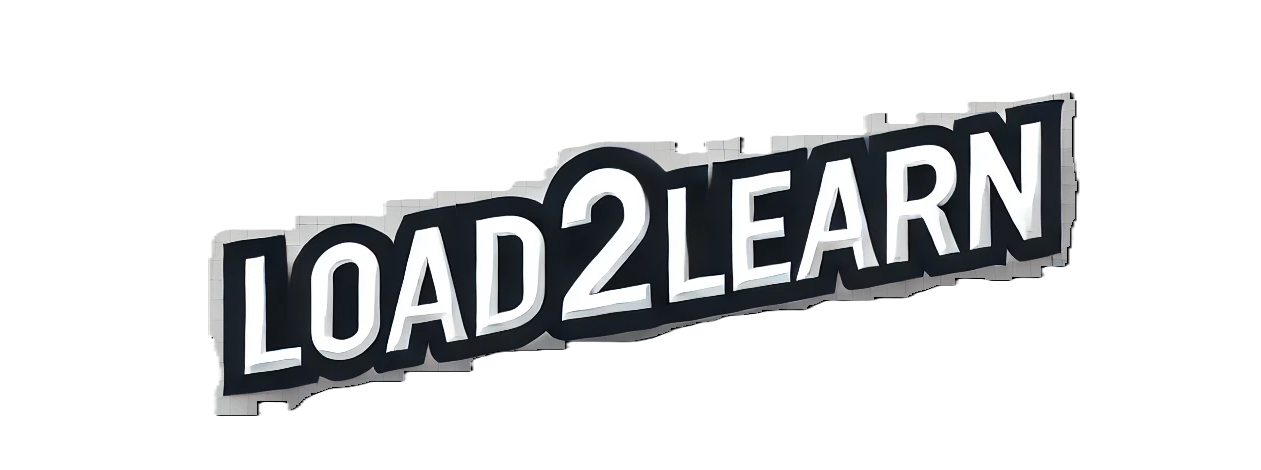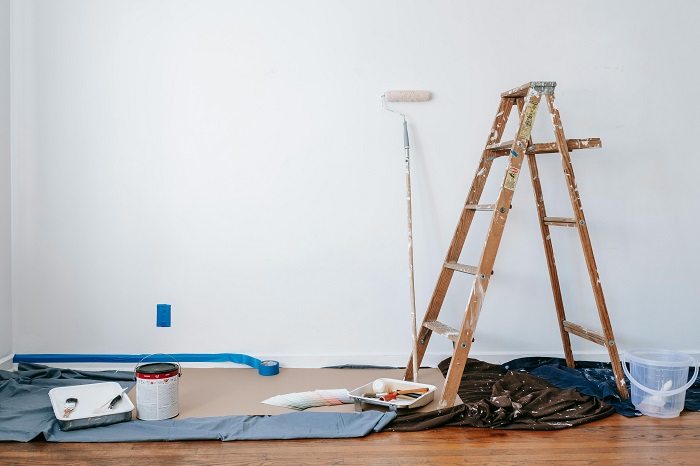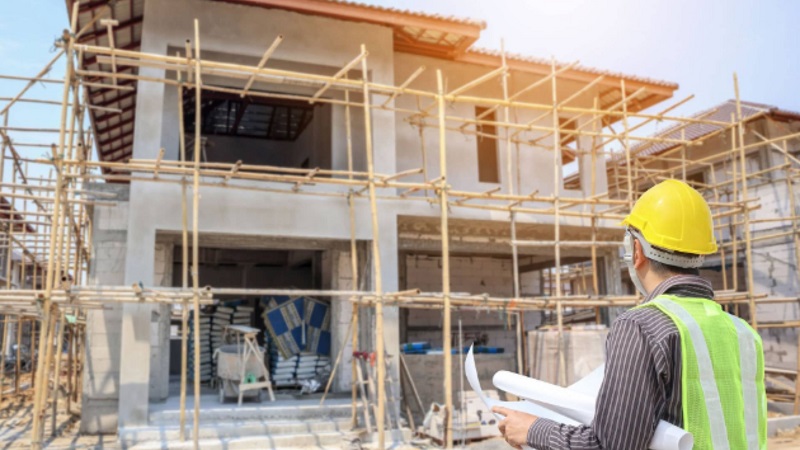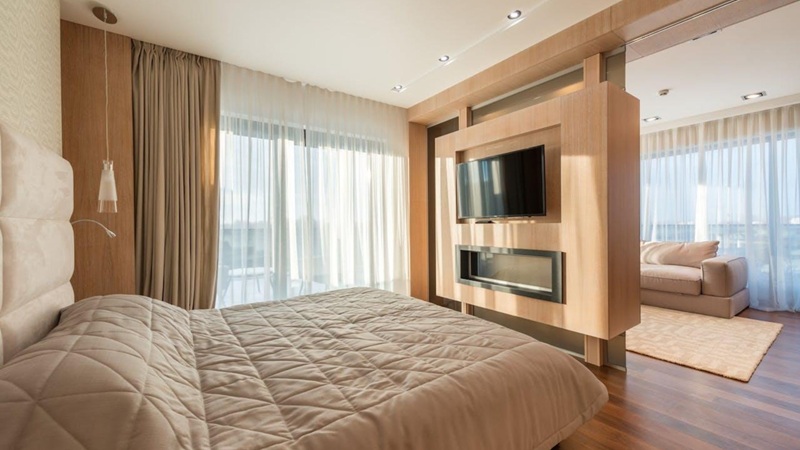Rising energy bills continue to strain household budgets across the country. Despite making monthly payments, many homeowners still feel uncomfortable in their own homes. Rooms stay cold in winter and hot in summer, no matter how high the thermostat goes.
This discomfort usually stems from inadequate insulation. Poor insulation lets heat escape in winter and enter in summer. Air leaks and uninsulated surfaces quietly raise utility costs and reduce indoor comfort year-round.
To solve this, a room-by-room insulation strategy works best. Each space in your home has unique insulation needs. This guide explains how to insulate every area effectively. You’ll gain better temperature control, lower energy costs, and a more comfortable living environment.
Insulating the Living Room for Everyday Comfort
The living room often feels drafty due to windows and doors. Cold air slips in through small openings and weak seals. Identifying these problem areas is the first step to improving comfort.
Use insulated curtains to trap heat during colder months. Install weather stripping around windows and add door sweeps to stop airflow. These quick upgrades help maintain steady indoor temperatures.
Don’t forget wall outlets and light switches on exterior walls. Use foam gaskets behind the cover plates to block air leaks. This simple fix reduces energy loss without major work.
Internal wall insulation also boosts living room comfort. It reduces both heat loss and sound transfer through interior partitions. Use materials like insulated plasterboard, mineral wool batts, or rigid foam boards. These options provide good thermal resistance without taking up much space.
Acoustic insulation also helps. Add soundproofing insulation in shared walls or ceilings. This blocks noise from adjoining rooms or outside. A quieter living room enhances relaxation and daily comfort.
Insulating the Attic for Maximum Heat Retention
The attic often causes the highest heat loss in a home. Since warm air rises, heat escapes quickly through uninsulated or under-insulated attics. Proper attic insulation helps reduce heat loss and lowers your heating bills.
Fiberglass batts, blown-in cellulose, and spray foam are reliable options. Fiberglass batts are affordable and easy to install. Blown-in cellulose offers good coverage for hard-to-reach areas. Spray foam creates an air seal and insulates well but costs more.
To improve attic insulation, seal all visible gaps. Focus on vents, chimneys, and attic hatches. Use foam sealants or weatherstripping to block air leaks. Ensure the attic has a strong roof structure to prevent leaks that could damage insulation.
Check insulation depth regularly. Use a ruler to measure levels between joists. Compare the depth to your local energy code requirements. Add more insulation if levels are too low or uneven.
Insulating Exterior Walls to Prevent Heat Loss
Exterior walls lose heat through gaps, cracks, and uninsulated spaces. Wall cavities often allow cold air to enter and warm air to escape. Thermal bridging also transfers heat through wall studs, reducing insulation performance.
For existing homes, use blown-in or injected foam insulation. These methods fill wall cavities without removing drywall. Blown-in cellulose fits well in irregular spaces. Injected foam expands to seal cracks and provides solid coverage.
Insulating during renovations is easier and more thorough. Walls are open, allowing full access for materials. After construction, insulation must go through small holes or drilled access points.
Detect problems by feeling for cold spots or using an infrared thermometer. Uneven indoor temperatures or cold walls may signal missing or damaged insulation. These signs show where you should improve wall insulation.
Insulating the Basement and Crawl Space for Stable Temperatures
Basements and crawl spaces often cause drafts and moisture issues. Insulating both the foundation walls and floors helps stabilize temperatures throughout your home. This also protects plumbing and prevents frozen pipes in winter.
Use vapor barriers to block ground moisture. Install them under insulation to keep dampness from reaching walls and floors. A dry basement reduces mold risks and improves air quality.
Rigid foam board and spray foam are the best insulation types for basements. Foam board resists moisture and insulates well. Spray foam seals gaps while offering high insulation value.
In crawl spaces, encapsulation is essential. Cover floors and walls with a thick vapor barrier. Seal all air leaks before adding insulation. This prevents water damage and keeps air temperatures more consistent year-round.
Insulating the Kitchen While Maintaining Ventilation
The kitchen presents unique insulation challenges. Vents, exhaust fans, and appliances create gaps that reduce efficiency. These openings let air escape and make temperature control harder.
Focus on insulating exterior walls behind cabinets and counters. Remove cabinet backs or drill access holes to add insulation. Blown-in cellulose or spray foam works best in tight spaces.
Keep airflow balanced. Don’t block ventilation that removes heat, smoke, and moisture. Use insulated ductwork to maintain air movement without losing heat.
Choose thin-profile insulation behind fixtures and tight spots. Use foil-faced foam board or spray foam for narrow areas. These materials fit small spaces while still providing thermal resistance.
Effective insulation in the kitchen improves comfort and energy use. It also protects walls from condensation and reduces strain on your HVAC system.
Conclusion
Many homes waste energy due to poor insulation. If you’ve overlooked this issue, you’re likely losing both comfort and money. Insulation gaps in just one room can affect your entire home’s climate.
Now’s the time to take action. Walk through your home and check every room. Look for cold drafts, uneven temperatures, or damp spots. These signs show where insulation is lacking and where comfort can improve.
For the best results, schedule a home energy audit. Professionals use thermal cameras and diagnostic tools to detect hidden leaks. Their report gives clear steps to fix problem areas and improve energy use. A well-insulated home not only saves money but also keeps you comfortable every day.



















Leave a Reply